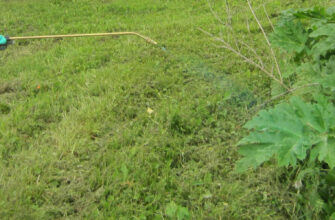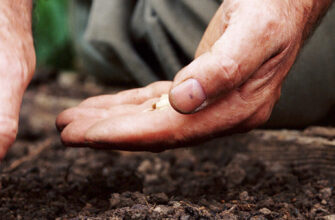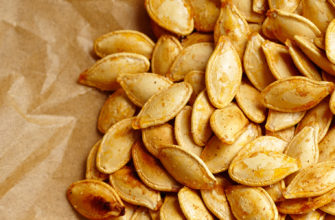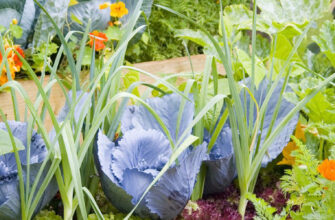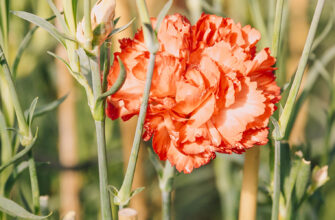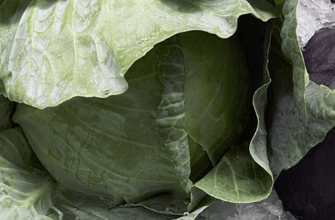A well-maintained lawn is not only an aesthetic addition to your garden or yard but also a functional element that enhances the microclimate, retains moisture, and prevents soil erosion. Choosing the right lawn grass, proper cultivation, and regular care are key to creating a lush, green carpet that will delight you for years.
In this article, we’ll explore the main types of lawn grass, the nuances of sowing and growing, and essential care tips to keep your lawn in top condition.
Types of Lawn Grass
Lawn grasses are divided into several types based on their purpose, appearance, and growing conditions. The choice depends on the lawn’s intended use—whether it’s for decoration, sports, or simply filling space.
Ornamental Lawns
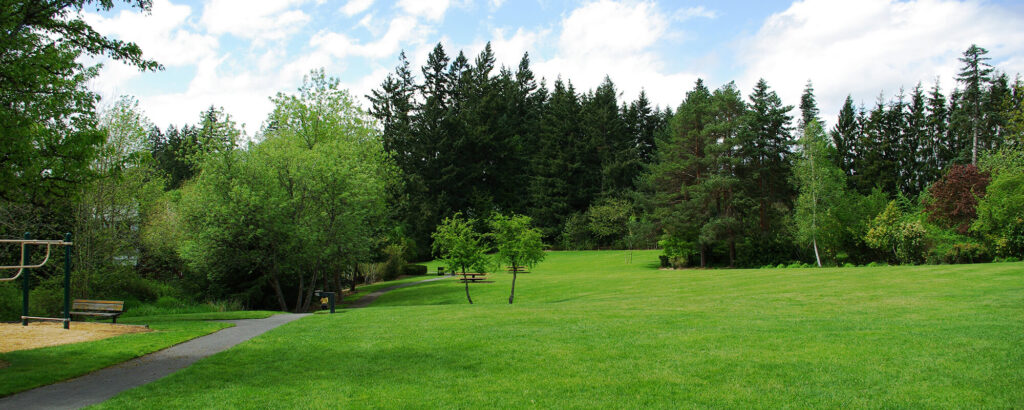
These are designed for visual appeal, often used in parks, gardens, or front yards. They feature fine, soft grasses like red fescue or bluegrass, which form a dense, uniform carpet. Such lawns require meticulous care, including regular mowing and fertilization, but they create a stunning effect.
Universal Lawns

A practical option for home gardens, summer cottages, or public spaces. These lawns combine different grass varieties, such as meadowgrass and fescue, to balance aesthetics and resilience. They are less demanding in terms of care and adapt well to various conditions.
Sports Lawns

Built to withstand heavy foot traffic, these lawns are ideal for playgrounds, soccer fields, or golf courses. Grasses like perennial ryegrass or tall fescue are commonly used due to their durability and quick recovery after damage.
Shade-Tolerant Lawns
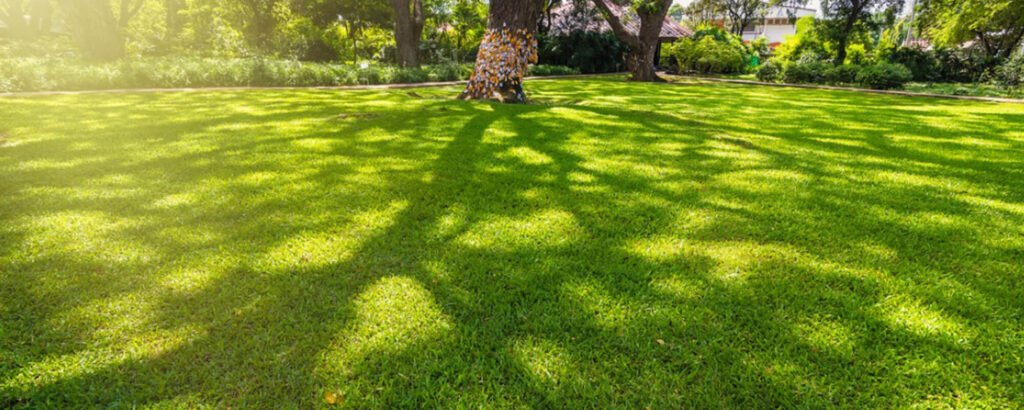
For areas with limited sunlight, like under trees or near buildings, shade-tolerant grasses such as fine fescue or certain bluegrass varieties are ideal. These grasses thrive in low-light conditions but may grow more slowly.
When selecting grass, consider your climate, soil type, and the amount of time you can dedicate to maintenance. For instance, in Eastern Europe’s temperate climate, mixtures of bluegrass, fescue, and ryegrass perform well, as they adapt to both sunny and shaded areas.
How to Plant Lawn Seeds
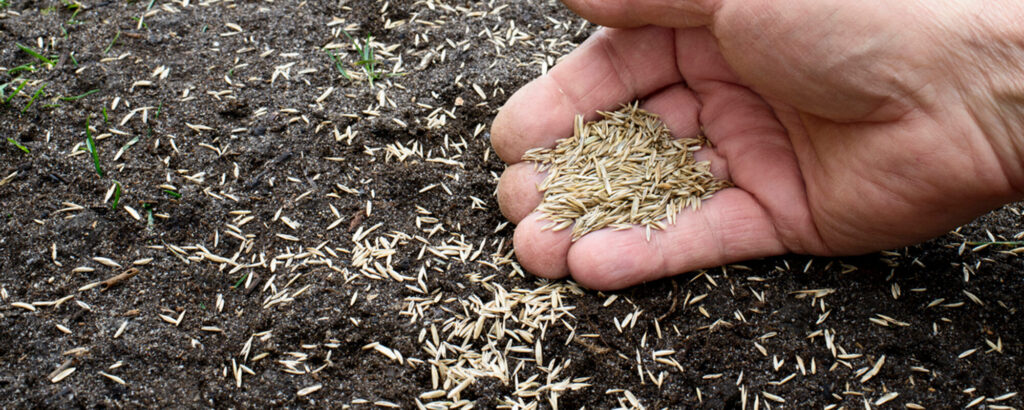
Creating a beautiful lawn starts with proper preparation and sowing. Here’s a step-by-step guide to ensure success:
- Site Preparation: Clear the area of weeds, stones, and debris. Dig or till the soil to a depth of 15–20 cm to loosen it and improve aeration. If the soil is poor, add a layer of fertile topsoil or organic fertilizers like compost or peat.
- Leveling and Compacting: Smooth the surface with a rake to eliminate bumps and hollows. Lightly compact the soil using a roller or by tamping it down to create a firm base for sowing.
- Sowing: Choose a calm, dry day for sowing. Spread the seeds evenly using a seeder or by hand, following the recommended rate (usually 30–50 g per square meter, depending on the grass type). For uniform coverage, divide the seeds into two portions and sow one half lengthwise and the other crosswise. Lightly rake the seeds into the soil and water gently.
- First Watering: Keep the soil consistently moist but avoid overwatering, which can wash away seeds or cause fungal diseases. Use a fine sprinkler for gentle irrigation during the first few weeks.
The best time to sow lawn grass in Eastern Europe is spring (April–May) or early fall (August–September), when temperatures are moderate, and there’s enough moisture for germination. Germination typically takes 7–20 days, depending on the grass variety and weather conditions.
Lawn Care Tips
A healthy lawn requires ongoing care, including watering, mowing, fertilizing, and weed control. Here are the essentials:
- Watering: Lawns need regular watering, especially during dry periods. Water deeply but infrequently (1–2 times per week) to encourage deep root growth. Early morning is the best time to water, as it minimizes evaporation and fungal risks. Avoid watering in the evening or during the heat of the day.
- Mowing: Start mowing when the grass reaches 8–10 cm in height, cutting no more than one-third of the blade length at a time. Regular mowing (every 7–10 days) keeps the lawn neat and stimulates growth. Keep your mower blades sharp to avoid tearing the grass.
- Fertilization: Feed your lawn with nitrogen-rich fertilizers in spring to promote growth, and use balanced fertilizers with potassium and phosphorus in summer and fall to strengthen roots. Apply fertilizers evenly and water afterward to prevent burning the grass.
- Weed and Pest Control: Remove weeds manually or use selective herbicides for larger infestations. Aerate the soil annually to improve oxygen flow and prevent moss growth. If pests like grubs or moles appear, use appropriate treatments promptly.
- Winter Preparation: In late fall, mow the lawn short, remove fallen leaves, and apply a final dose of potassium-rich fertilizer. Avoid walking on the lawn during frost to prevent damage.
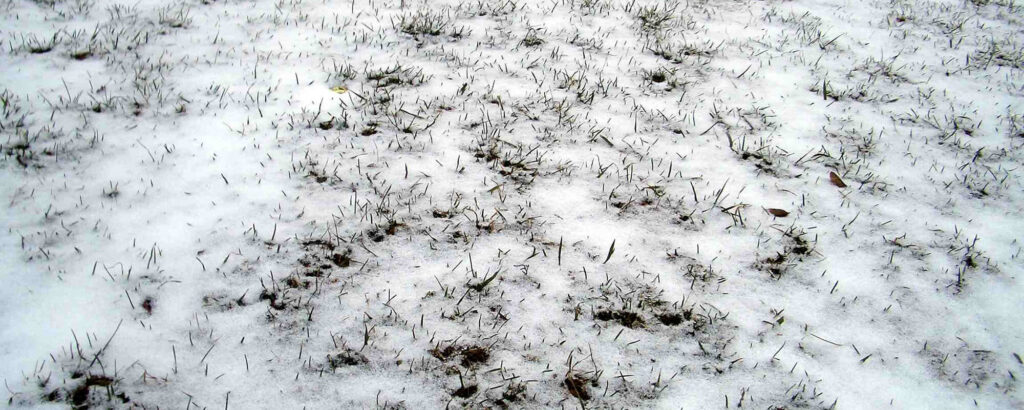
Common Mistakes to Avoid
Even with the best intentions, beginners often make mistakes that can harm their lawn. Here are some pitfalls to watch out for:
Using Low-Quality Seeds: Cheap seed mixes often contain weeds or grasses unsuited to your climate. Invest in high-quality seeds from reputable suppliers.
Overwatering or Underwatering: Too much water leads to root rot, while too little causes the grass to dry out. Monitor soil moisture and adjust watering based on weather conditions.
Improper Mowing: Cutting the grass too short weakens it and exposes the soil to weeds. Maintain a height of 4–6 cm for most lawn types.
Neglecting Soil Preparation: Skipping soil testing or fertilization before sowing can lead to poor growth. Test your soil’s pH (ideal range: 6.0–7.0) and amend it if needed.
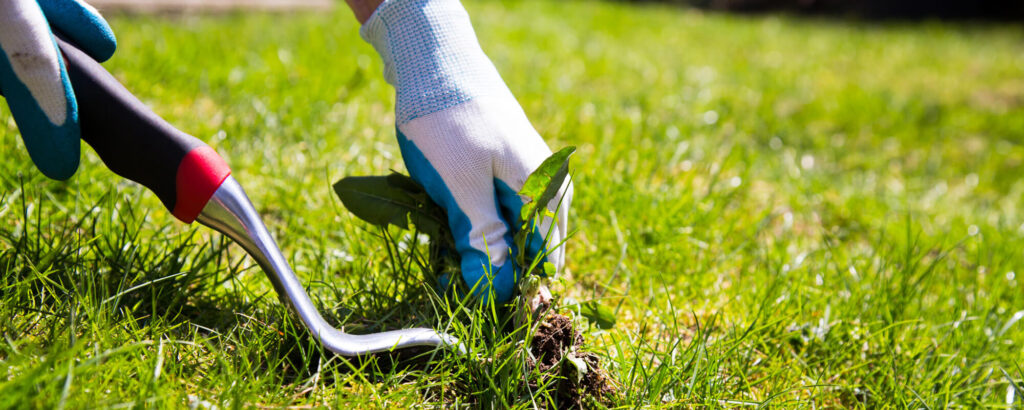
Conclusion
A vibrant, healthy lawn is achievable with the right approach to grass selection, cultivation, and care. By choosing the appropriate grass type for your needs, preparing the soil thoroughly, and maintaining a consistent care routine, you can enjoy a beautiful green space that enhances your property and provides a place for relaxation or play. Whether you’re creating a decorative lawn for your garden or a durable surface for sports, attention to detail and patience will yield a lawn you’ll be proud of for years to come.
If you have found a spelling error, please, notify us by selecting that text and pressing Ctrl+Enter.

